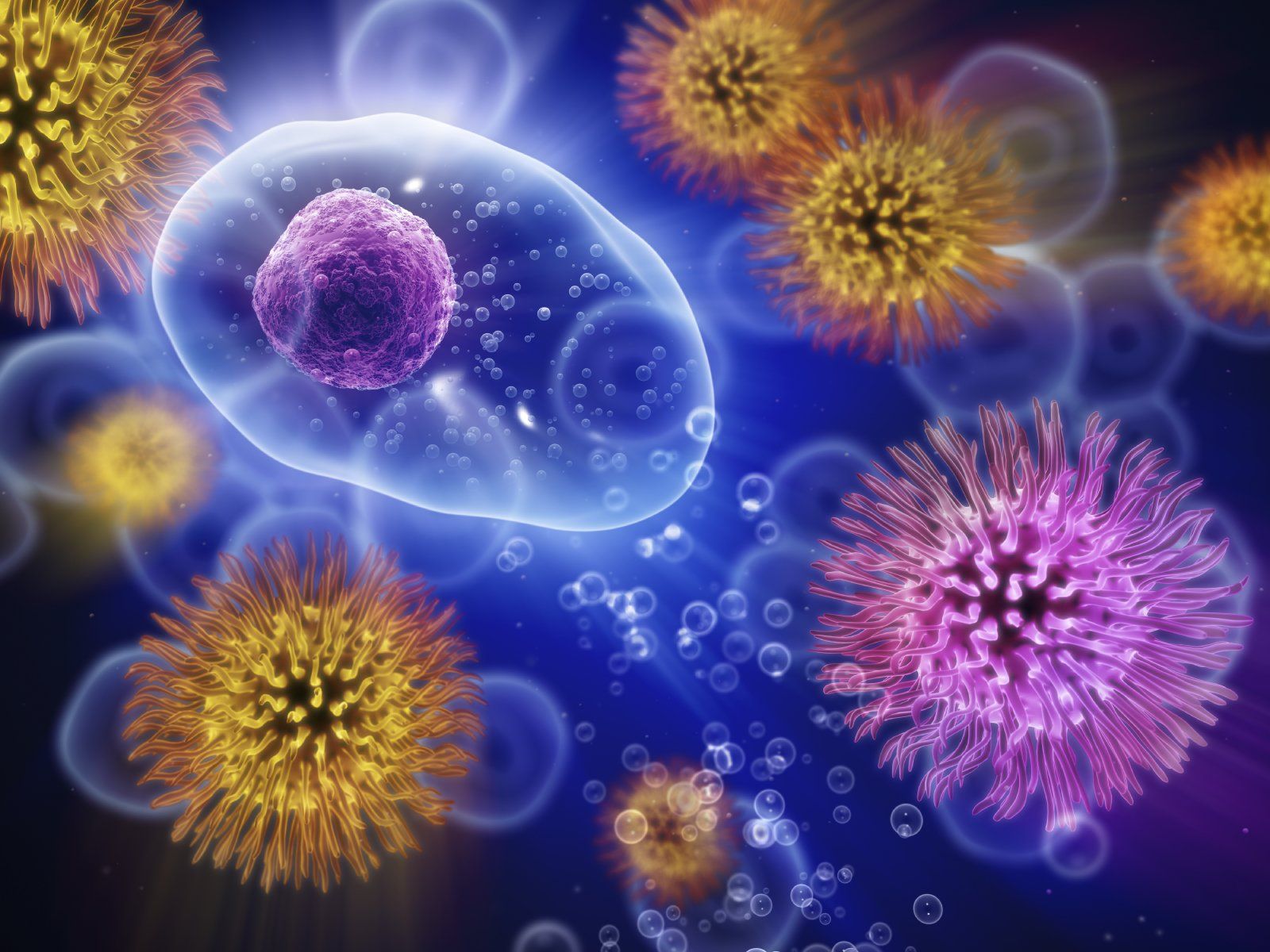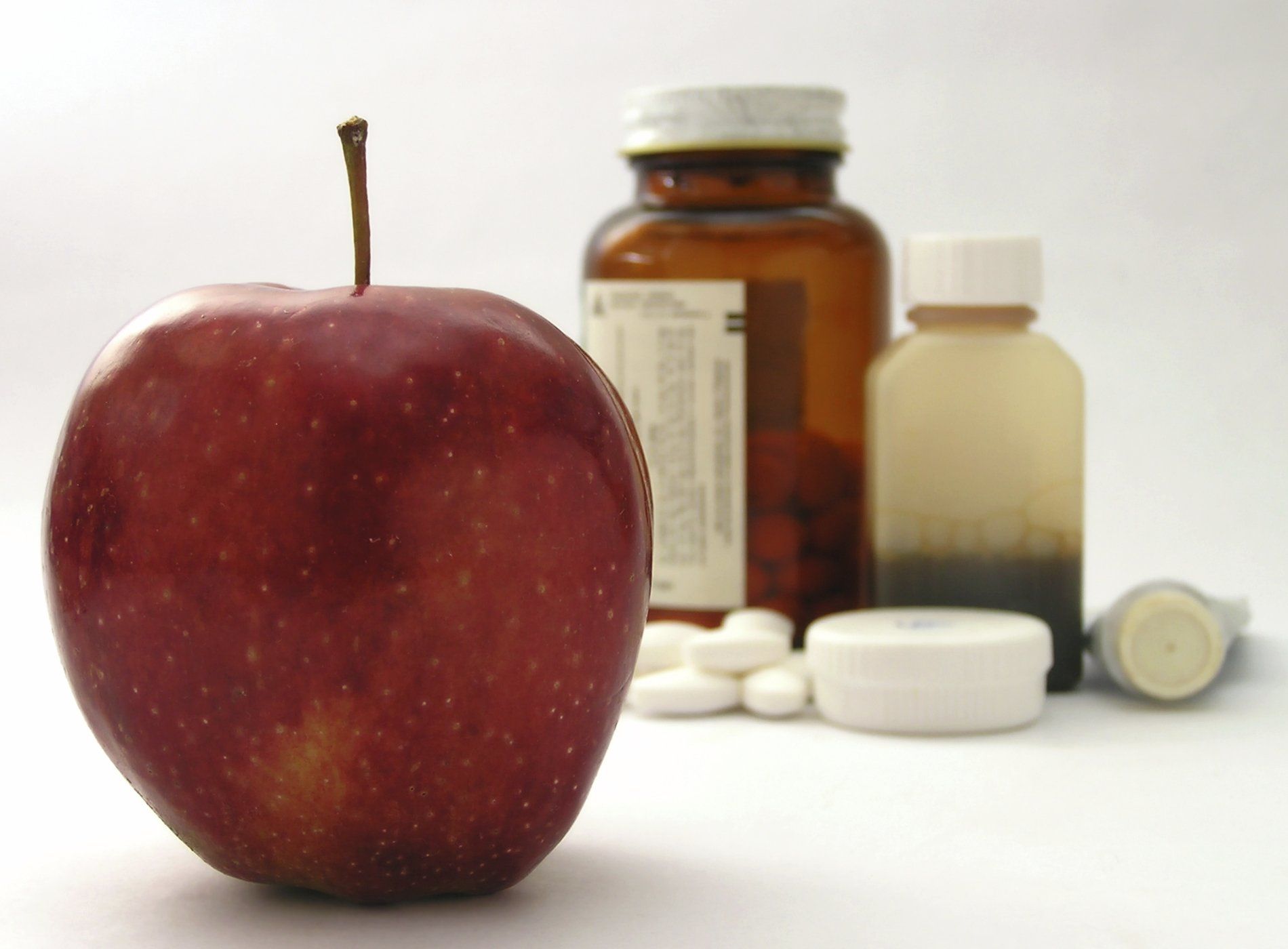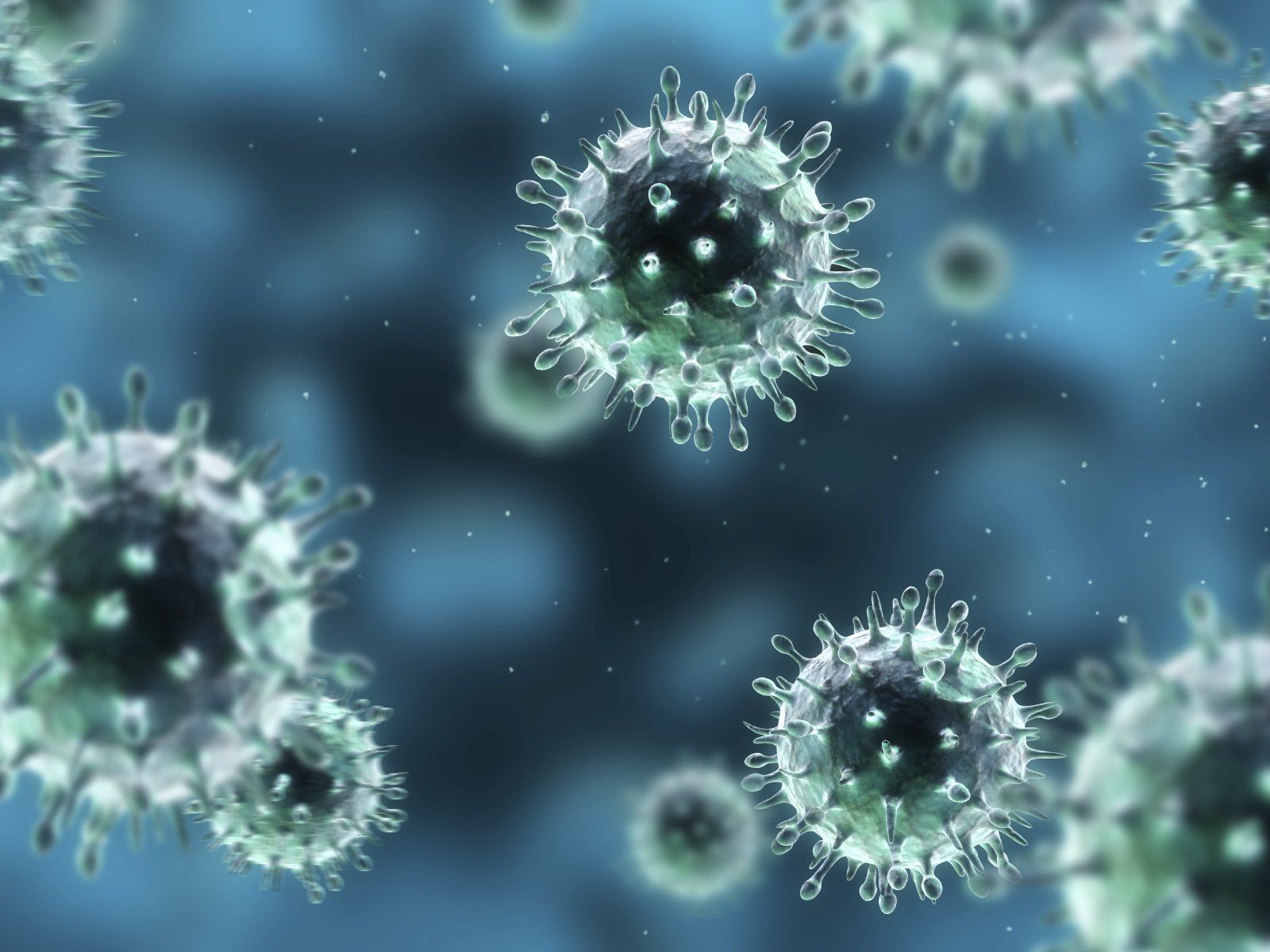2️⃣ SymbiosisNot only harm, but also benefit...
The microbiome
The word microbiome
(Greek mikrós ‘small’, Greek bios ‘life’) refers in the broadest sense to the Totality of all microorganisms
of the Earth (biome), which inhabit the Earth's crust, waters and atmosphere.
The human microbiome
On and in our body live troops ofFighters for our healthThey romp around in our intestine, on the skin and on the mucous membranes
in the mouth, nose, and genitals. Together, these troops form the microbiome—the totality of all microorganisms, or microbes, that live in and on us. Together, they make up 56 percent of our body's cells.
Source Wikipedia
What is our body made of?
Of the total number of cells in our body, only 44% are human cells. The rest arenow from microscopic roommatesn together.
This is no reason to worry 😅, they are not harmfulh. IOn the contrary, they are even very important for our health.
56% of the cells in our body areMicrobes, such as bacteria and fungi.
There are good and bad microbes!
- The bad
Microbes are pathogens or only become harmful when they arrive at the wrong place or increase in number
- The neutral
Microbes are simply there, they neither help nor harm us
- The good
Microbes are very useful for providing nutrients to our cells and preventing colonization by harmful bacteria and viruses. They support our immune system.












